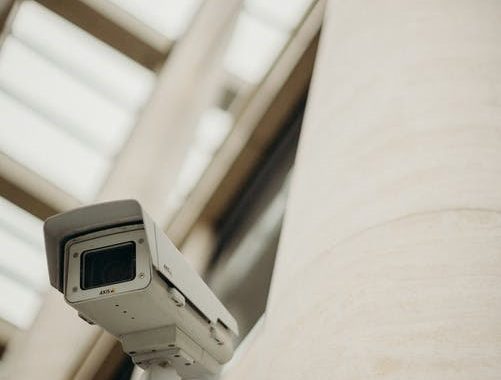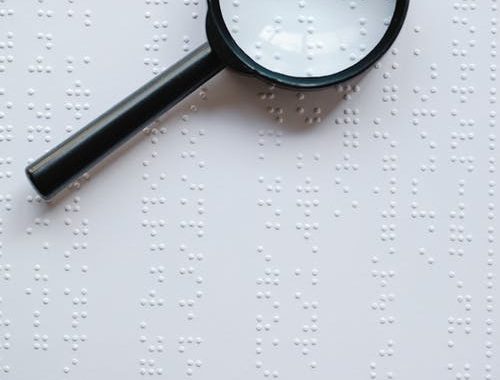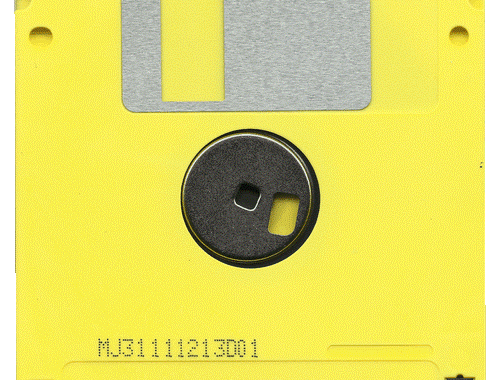The role of a computer forensics expert can be crucial in a divorce case. With an experienced forensics expert, you’ll be able to help an attorney concentrate on specific data that relates to a dispute while also conducting a comprehensive analysis of insights like activity logs and metadata. Here are some things you need to know about the role of a data forensic expert in a divorce case:
They ensure data is handled safely
Similar to any forensic collection, appropriate data sources must first be identified. In family law cases, common sources of digital evidence may comprise tablets, laptops, cellphones, and email accounts. By safekeeping the data and documenting the data collection procedure, a computer forensics expert will help you ensure every piece of evidence is handled the right way.
Helps corroborate evidence
By analyzing the data through digital forensics, a computer forensics expert can establish indisputable facts in a divorce case. For example, metadata tags (especially those associated with social media posts and images), a map application, or location data may be used to acquire information on whereabouts and travel.
This can be vital in cases there are limitations on parenting time, for instance, restrictions on taking a child from a particular geography. By using location data, email receipts, mobile payment, and eCommerce usage, and financial applications, a computer forensics expert can unveil spending habits and assets. This can be crucial for alimony, child support, as well as other financial calculations related to the case of your client.
In addition, personal data can be used to identify salacious factual scenarios regarding the divorce case. In certain matters, disputes in a family may turn on inappropriate parenting practices, addiction, and proof of infidelity.
Many digital artifacts can help predict this behavior; geolocation tags and GPS data can preserve whereabouts during parenting time, mobile application use or internet history may preserve interests in a certain lifestyle or subject matter, and text message history may preserve individual conversations.
If a divorce case includes restraining orders or domestic abuse, a forensic investigation of a computer, tablet, or a cellphone can be useful for the preservation and presentation of evidence regarding media postings, messaging apps, harassing emails, text messages, telephone calls, along with other modes of inappropriate contact, as well as the associated data and time stamps.
During digital forensic analysis, technical clues are viewed within the digital environment – this is where electronically stored evidence is present. Here, a computer forensics expert examines past disk activity, artifacts of deleted files, databases preserving evidence of user activity, system logs, system caches consisting of ‘working copies’ of old files, metadata, etc.

The team at Eclipse Forensics can interpret evidence that can’t be seen on the active user files’ faces.
Advanced Digital Forensic Analysis:
In the realm of advanced digital forensic analysis, the digital environment serves as a rich repository of electronically stored evidence. A digital forensic expert adeptly navigates this intricate landscape with technical precision. Eclipse Forensics, boasting a team of certified data forensic and cyber forensic experts, stands out for its prowess in interpreting evidence that might not be immediately apparent in active user files.
Delving into the intricacies of past disk activity, artifacts of deleted files, databases housing evidence of user activity, system logs, and metadata, these experts leave no stone unturned in their quest for comprehensive insights. Eclipse Forensics’ specialized team excels in the nuanced art of handling data safely, ensuring a meticulous examination of every digital nook and cranny.
As we navigate the ever-evolving landscape of divorce proceedings, the role of a computer forensics expert proves indispensable. Their proficiency in digital forensic services allows them to navigate and corroborate evidence seamlessly, bringing to light crucial information pivotal in financial and personal scenarios. Eclipse Forensics, with its certified data forensic expert, stands as a beacon in providing court-certified forensics and expert witness testimony. This commitment upholds the integrity of the legal process, ensuring a fair and just resolution for all parties involved.

Eclipse Forensics’ uncovers and interprets electronic data for use in a court of law
Our team consists of data forensic experts and cyber forensic experts. We specialize in court-certified forensics and expert witness testimony in FL to uphold its integrity.
Reach out to us for more information!













